Team Members

Matteo Alvaro
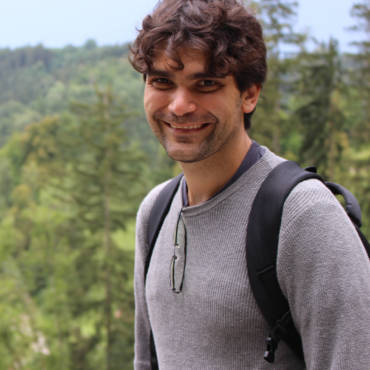
Mattia L. Mazzucchelli

Mara Murri

Mattia Bonazzi
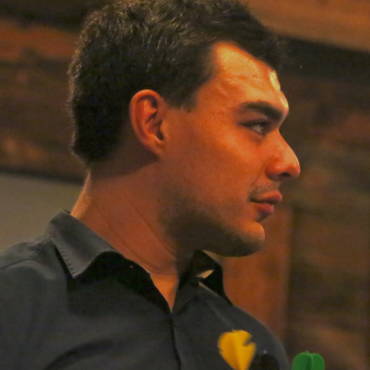
Gabriele Zaffiro
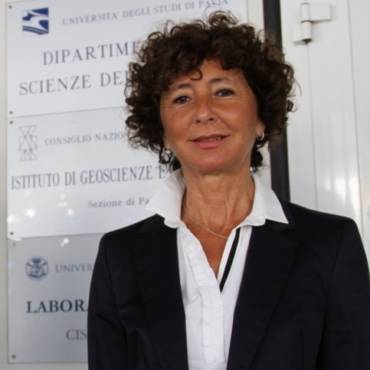
Chiara M. Domeneghetti

Greta Rustioni

Lorenzo Scandolo
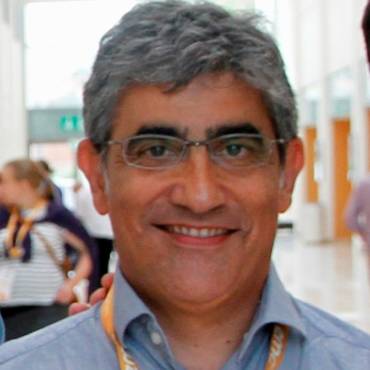
Marco Scambelluri
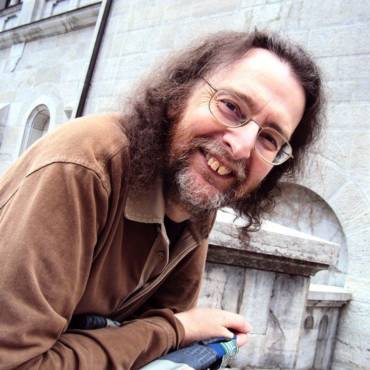
Ross J. Angel
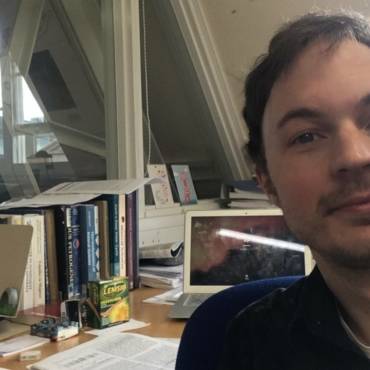
Davide Novella
Research project summary
The study of paleo-geological processes is the key to understanding, modelling and ameliorating the human effects of potentially catastrophic geological events. Subduction processes, the key tile of the plate tectonics puzzle controlling the vast majority of the geodynamical-geological processes that affect life on Earth, are still poorly understood. The paradigm that low-density continental crust cannot undergo deep subduction was broken 30 years ago with the milestone discovery of metamorphic rocks of continental affinities containing coesite (Chopin, 1984; Smith 1984) and microdiamond (Sobolev and Shatsky, 1990). These discoveries proved that buoyant continental crust can be subducted to depths greater than 100km and subsequently be returned to the Earth’s surface as ultra-high-pressure metamorphic (UHPM) rocks. These UHPM rocks are the key for understanding large-scale geodynamic processes (e.g. subduction, exhumation, mantle-lithospheric slab interactions, and geochemical recycling of subducted/exhumed rocks and the deep storage of light elements participating in greenhouse effects in the atmosphere), and how these processes may have changed over the lifetime of the Earth. This information cannot be obtained from real-time geophysical or seismic data, but only by determining the pressure-temperature-time (P-T-t) histories of the UHPM rocks themselves. The key question is ‘How deep were UHPM rocks subducted prior to exhumation?’
While the presence of index minerals such as coesite and diamond in UHPM rocks indicates minimum pressures of subduction, they do not provide P or T values. The temperatures of deep subduction often exceed the closure temperature of most geothermobarometers, which are also afflicted by the effects of further reactions and re-equilibration on exhumation. The resulting compositional gradients have in some cases led to interpretations ‘boosted to the highest astonishment factor value’ (O’Brien, 2008) by inappropriate use of compositional data.
We therefore need an independent method of P and T determination that does not rely on the detailed chemistry of the rock, nor on whether chemical equilibrium has been obtained. The elastic behavior of mineral inclusions trapped in host minerals phase contained in UHPM rocks provides such an alternative. The difference in the thermodynamic properties of host and inclusion leads to the inclusion being over-pressured in the recovered rock and, in principle, this overpressure can be used in combination with the equations of state (EoS) of the minerals to determine the entrapment P and T (see Angel et al. 2014, Angel et al. 2015a,b). Nestola and co-workers have successfully developed single-crystal diffraction methods to determine inclusion pressures of olivines in diamonds (Nestola et al. 2011, Angel and Nestola, 2015), which in combination with new methods of handling the elasticity and EoS problem lead to more precise estimates of entrapment conditions (Angel et al. 2014, Angel et al. 2015a,b). In collaboration with R.J. Angel, we are developing these new methods to the more complex elasticity problems in UHPM rocks to pinpoint P,T points in rock history independent of chemistry. At the same time we are developing the high-pressure and temperature methodologies aimed to the correct determination of the elastic behavior of minerals at simultaneous high-P,T.
This project makes use of a multi-methodological and multidisciplinary approach. I will combine chemical analytical techniques with X-ray diffraction, Raman spectroscopy and non-linear elasticity theory to obtain the residual pressure imposed on the inclusion by the host (Pinc) and then the the isomeke of possible formation conditions for the determination of the entrapment (Pe) pressures (see Angel et al. 2014, Angel et al. 2015a,b). The entrapment pressure obtained for samples from the three different UHPM complexes (Dora Maira, Alpe Arami, Zermatt-Saas) combined with the appropriate petrologic interpretation and geodynamical modeling will thus provide critical constraints for understanding the wide range of styles of deep subduction that appear to have occurred in the Earth over its history.
News and posts
- Join the PetroChro-19 workshop: Melting, modelling, dating the crust
- Determine strains on inclusions from Raman measurements
- Experimental validation of intracrystalline “geothermometry” for rocks
- Finite Element modelling of stresses in inclusions by Mattia L. Mazzucchelli on Geology.
- EosFit-Pinc released
- 40 Years of mineral elasticity a critical review and new equation of state for mantle olivines
- Continuous phase transitions in EosFit
- Diamond special issue is out!!!


